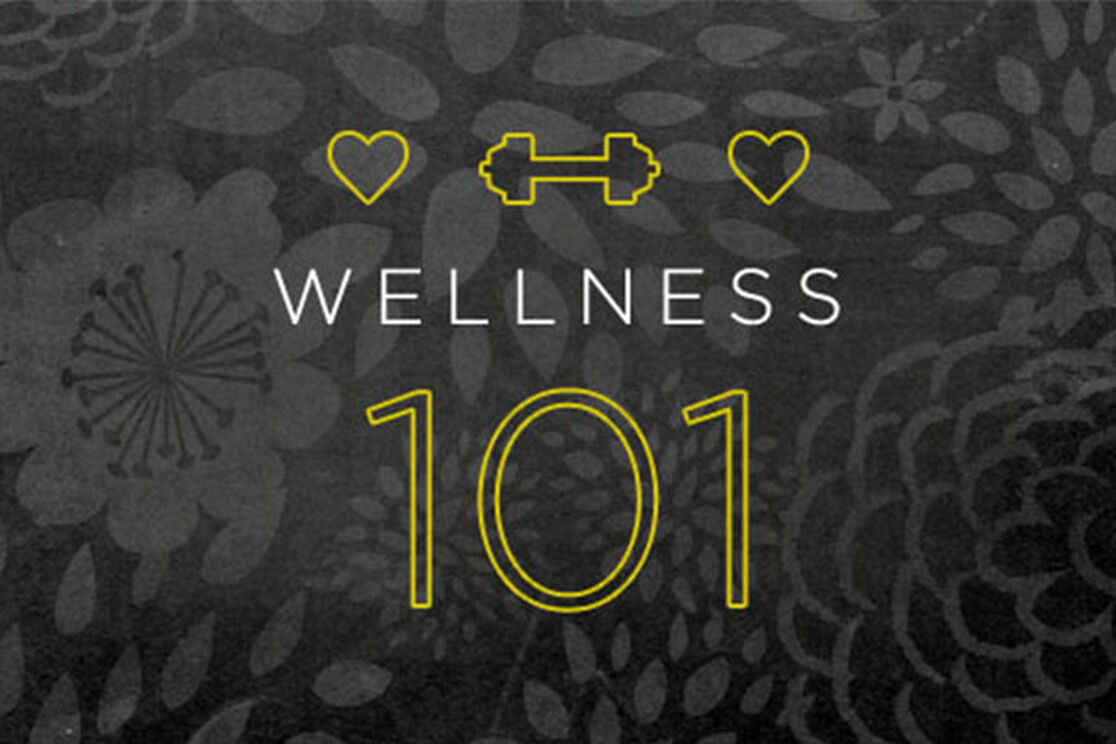As a parent, you look forward to every new stage of your baby’s growth: their first smile, first words, and first steps. But with the excitement of your now mobile toddler, comes the inevitable spills and thrills of freedom. Their increased activity puts them at risk for all sorts of injuries, including fractures and sprains.
A fracture is a when a bone gets cracked or broken. Depending on the location and mechanism of injury, the fracture can be severe requiring surgery, or mild needing only a cast. X-rays help diagnose the type and severity of a fracture. Fractures in children are unique because of growth plates at the end of their long bones, which are still growing. This makes them more susceptible to breaks as compared to adults.
A sprain occurs when the ligaments (which are thin bands of fibrous tissue that hold bones together) get overstretched or torn. Sprains often affect the ankles, knees, or wrists. Most sprains, after proper medical evaluation, can be treated at home.
Deciphering between the two can sometimes be tricky, and here is why. Both fractures and sprains can cause severe pain, swelling, and bruising. Both may also cause your child to have difficulty moving the affected area, or impair their ability to walk/bear weight properly. Their similar appearance, together with the higher incidence of fractures in children, means that if you have ANY doubt that your child may have a fracture, you should seek medical attention immediately. An X-ray may help determine whether a bone is broken or ligament is sprained.
Red Flags to go the ER:
- Your child is in severe pain.
- Your child is unable to bear weight or move the limb normally.
- Your child has any numbness, tingling, or weakness.
- The injured area is deformed, swollen, firm, or tender to the touch.
- There is exposed bone or uncontrolled bleeding.
Until your child is evaluated, use a sling or improvised splint to protect the injured area from unnecessary movement and to prevent further injury.
Minor injuries are bound to happen to all active kids. Although this may be a part of growing up, it is important to know when not to worry, and when to head to the ER. And remember, bumps, bruises, and even broken bones, will heal with the appropriate intervention and time.
 ~3MD | THREE MOMMY DOCTORS™, three board-certified emergency physicians. Treating your kids like we treat our own.™
~3MD | THREE MOMMY DOCTORS™, three board-certified emergency physicians. Treating your kids like we treat our own.™
The information contained on this post is not intended nor implied to be a substitute for professional medical advice. It is designed to support, not replace, the relationship that exists between a patient and his/her physician. For specific medical advice, diagnoses, and treatment, consult your doctor.
We aim to provide you with the most honest and credible information possible. This article was reviewed for accuracy by The Honest Team and was written based on sources that are linked at the bottom of the article.
blog_review_statement



